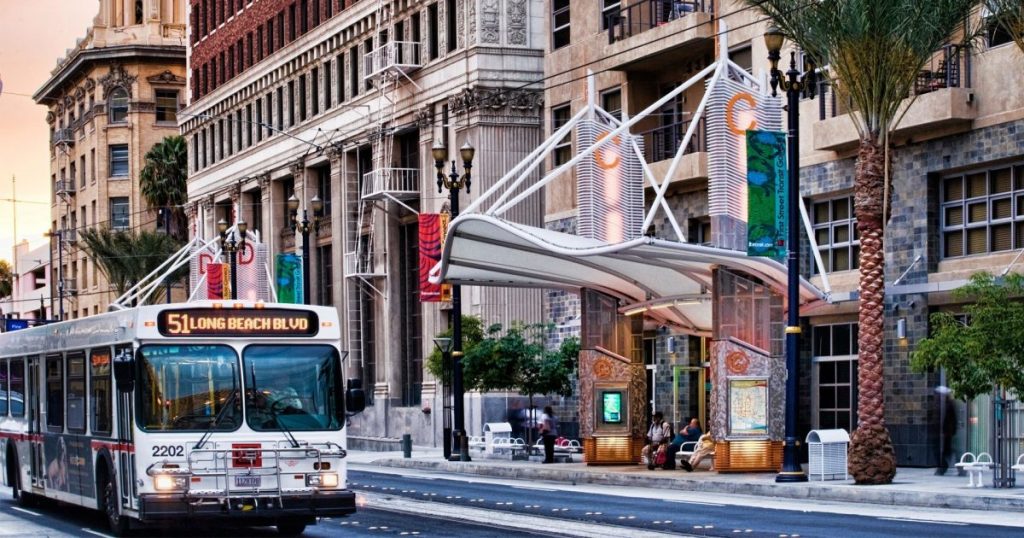Unveiling the Environmental Impacts: Why Public Transportation Falls Short

Public transportation has long been hailed as a sustainable solution to combat environmental issues caused by individual vehicle usage. However, a closer examination reveals that public transportation systems are not without their drawbacks. In this blog post, we will delve into the various reasons why public transportation can be detrimental to the environment, shedding light on the lesser-known aspects and providing insights into potential improvements.
- Inefficiencies in Route Planning:
Public transportation networks often suffer from inefficient route planning, resulting in longer travel times and increased fuel consumption. This inefficiency not only adds to the carbon footprint but also discourages potential users from opting for public transportation, leading to a higher reliance on private vehicles. - Energy Consumption and Emissions:
While public transportation is generally considered more energy-efficient than individual vehicles, it still contributes to greenhouse gas emissions. The operation and maintenance of buses, trains, and trams require significant energy resources, often derived from non-renewable sources. Additionally, the manufacturing and disposal of public transportation vehicles also contribute to environmental degradation. - Limited Flexibility and Accessibility:
Public transportation systems often struggle to provide comprehensive coverage, particularly in suburban and rural areas. This limited accessibility forces individuals to rely on private vehicles, resulting in increased traffic congestion and emissions. Moreover, fixed schedules and routes may not align with the diverse needs of commuters, further reducing the attractiveness of public transportation. - Noise and Air Pollution:
Public transportation systems, especially older ones, can generate substantial noise pollution, impacting the well-being of both passengers and nearby residents. Additionally, the combustion engines used in buses and trains emit pollutants such as nitrogen oxides and particulate matter, contributing to poor air quality in urban areas. - Maintenance and Infrastructure Challenges:
Maintaining and expanding public transportation infrastructure requires significant financial investments and resources. In some cases, the construction and maintenance processes themselves can have adverse environmental effects, such as habitat destruction and increased pollution during construction. These challenges often hinder the development of efficient and sustainable public transportation systems.
Conclusion:
While public transportation undoubtedly plays a crucial role in reducing individual vehicle usage and mitigating environmental impacts, it is essential to recognize its limitations. By addressing inefficiencies in route planning, investing in renewable energy sources, improving accessibility, and prioritizing sustainable infrastructure development, we can work towards a more environmentally friendly public transportation system. Striking a balance between convenience, accessibility, and sustainability is key to creating a truly eco-friendly transportation landscape.



